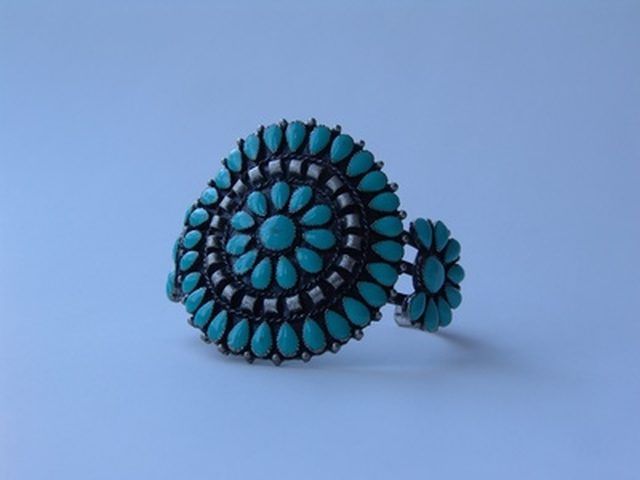Bulbs
Flower Basics
Flower Beds & Specialty Gardens
Flower Garden
Garden Furniture
Garden Gnomes
Garden Seeds
Garden Sheds
Garden Statues
Garden Tools & Supplies
Gardening Basics
Green & Organic
Groundcovers & Vines
Growing Annuals
Growing Basil
Growing Beans
Growing Berries
Growing Blueberries
Growing Cactus
Growing Corn
Growing Cotton
Growing Edibles
Growing Flowers
Growing Garlic
Growing Grapes
Growing Grass
Growing Herbs
Growing Jasmine
Growing Mint
Growing Mushrooms
Orchids
Growing Peanuts
Growing Perennials
Growing Plants
Growing Rosemary
Growing Roses
Growing Strawberries
Growing Sunflowers
Growing Thyme
Growing Tomatoes
Growing Tulips
Growing Vegetables
Herb Basics
Herb Garden
Indoor Growing
Landscaping Basics
Landscaping Patios
Landscaping Plants
Landscaping Shrubs
Landscaping Trees
Landscaping Walks & Pathways
Lawn Basics
Lawn Maintenance
Lawn Mowers
Lawn Ornaments
Lawn Planting
Lawn Tools
Outdoor Growing
Overall Landscape Planning
Pests, Weeds & Problems
Plant Basics
Rock Garden
Rose Garden
Shrubs
Soil
Specialty Gardens
Trees
Vegetable Garden
Yard Maintenance
How to Design a Medicine Wheel Herb Garden
How to Design a Medicine Wheel Herb Garden. It is believed that the purpose of the original medicine wheels were to serve as ceremonial sites, perhaps for healing ceremonies. In her book "The Medicine Wheel Garden" E. Barrie Kavasch,an herbalist of Native American descent, reports that it is unknown whether or not herbs were planted in the original...

It is believed that the purpose of the original medicine wheels were to serve as ceremonial sites, perhaps for healing ceremonies. In her book "The Medicine Wheel Garden" E. Barrie Kavasch,an herbalist of Native American descent, reports that it is unknown whether or not herbs were planted in the original Native American medicine wheels, but that "some tribal traditions point to a strong link between medicine wheels and healing." These traditions may be why a modern gardener who is interested in both Native American spirituality and healing herbs might be interested in planting a medicine wheel herb garden.
Things You'll Need
Measuring tape
Hammer
Twine or rope
Stake
Hoe
Compass
Shovel
Rake
Soil amendments
Stones
Herbs
Select a relatively flat site to design your medicine wheel herb garden. Make sure the site gets adequate sunlight for growing herbs and that a water source is near by.
Draw a circle in the space where you want to plant your medicine wheel garden. Measure your space and decide how big you will make your circle. Create a perfect circle by pounding a stake into the ground in the center of your garden space. Tie the twine around the stake. Hold onto the twine and stand away from the stake at half of the distance you desire your circle to be. For example, if you want a circle that is five feet in diameter, stand two and one half feet away from the stake.
Tie the loose end of the twine around a hoe or stick. Keep the twine taut and walk around the stake. Use the hoe to mark the circle in the earth as you rotate around the stake.
Divide the circle into fourths and align the sections with the four directions. Use your compass to discern where east, south, west and north lie in your circle. Scratch lines in the earth with your hoe to mark the sections.
Remove the center stake and place a large or special stone, or a pile of stones at center of your medicine wheel herb garden. Place stepping or other flat stones along the directional lines to create walkways from which you can enter the garden and tend the herbs. Outline the shape of the circle with more stones.
Amend your soil if needed by adding compost or other nutrients. Layer two to three inches of amendment into the four sections, and use your hoe or rake to work the amendment into the top six inches of the soil.
Select herbs that have some connection to the four directions and plant them in the appropriate sections. A traditional selection is tobacco in the east, red cedar in the south, sage in the west and sweetgrass in the north. Another option is to choose yellow or yellow-flowering herbs to plant in the east, red in the south, black or dark herbs in the west and white herbs in the north.
Tips & Warnings
According to the website Medicine Wheel, the term 'medicine wheel' was first used to describe a large circle constructed from rocks found near Big Horn, Wyoming. There are many different traditions encompassed by the term 'Native American spirituality;' however, so if you are interested in creating a garden based on Native American sacred traditions, consider educating yourself on the ceremonial customs that native people in your area might practice.